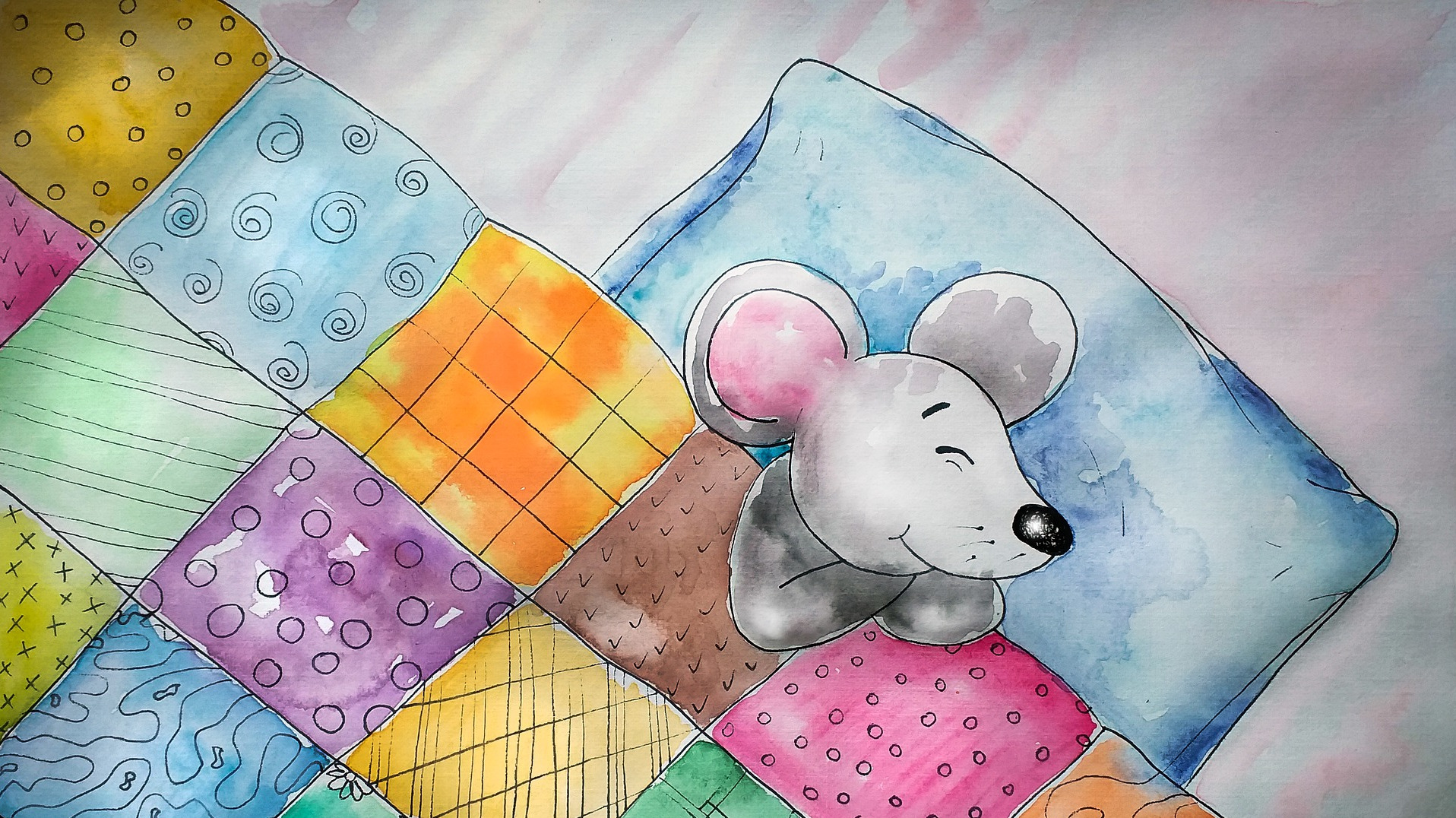Bedwetting
Bedwetting, or nocturnal enuresis, is a distressing but common problem with children. It happens more often with boys than girls, and there is most often no medical cause.
Bedwetting is not a result of laziness. It can indicate emotional distress, like anxiety or recent changes, and you should consult with a doctor to first assist in ruling out any underlying issues, such as urinary tract infections or hormonal problems.
Bedwetting is almost always caused by immature nervous system signaling between the brain and the bladder. Pediatricians don't consider bedwetting a problem until children are six years old.
The good news is that most children outgrow the condition as they age.
Home Remedies for Bedwetting
Though you should mention the problem with your pediatrician, there are some common sense remedies you can try to fix the problem.
Fluid Management
While making sure the child is drinking enough fluid during the day, limit the child's fluid intake a few hours before bedtime to avoid a full bladder during sleep.
Empty Bladder Before Bed
Have the child urinate to empty the bladder completely before going to bed.
Practice Holding Urine
Teaching the child during the day to delay a bit when they feel the urge to urinate can help them to train the muscles and the bladder.
With time, this exercise will strengthen the muscles associated with urination and prevent any bedwetting from occurring. This will help gradually increase the time between feeling the need to go and actually using the bathroom, which can train their bladder to hold urine for longer periods.
Bedwetting Alarms
There are bedwetting alarms you lay under the child when they sleep that will rouse the child when they begin to urinate. This will help to condition them to wake up and use the toilet. This will help train the child to wake up to urinate overnight.
Bladder Strengthening Exercises
One helpful way to support your child's bladder health is by teaching them exercises to strengthen their bladder muscles. Encourage them to gradually increase the time they can hold and release their bladder slowly.
- Contract the muscles used to stop the flow of urine midstream.
- Hold the contraction for a few seconds (start with 3-5 seconds and gradually increase over time).
- Release the muscles and rest for a few seconds.
- Repeat this cycle multiple times, aiming for about 10 repetitions per session.
Bladder Training
Gradually increase the time between bathroom visits during the day. This can help train the bladder to hold urine for longer durations. Begin by having the child urinate at set intervals (e.g., every 1-2 hours) and gradually increase the time between visits (e.g., every 2-3 hours) based on their success and comfort level.
Routine Bathroom Visits
Creating a regular schedule is one way to help your child establish good bathroom habits. Encourage them to use the toilet at set intervals throughout the day, even if they don't feel like going. This routine can reduce their chances of having a full bladder at night, leading to better sleep.
Another helpful tip is to wake your child once every night to use the bathroom. This can train their body to recognize when their bladder is full and help prevent bedwetting.
Positive Reinforcement
Bedwetting is stressful. Be sure to provide praise and rewards for dry nights to motivate your child and build their confidence. Avoid punishment or negative reinforcement, as it can lead to psychological distress.
Protect the Mattress
Use waterproof mattress covers or absorbent bed pads to protect the mattress and make cleanup easier.
Cautions
Remember, it's essential to consult with a healthcare professional, such as a pediatrician or urologist, to ensure these exercises are appropriate for your child and to receive personalized advice and guidance for their specific situation.



